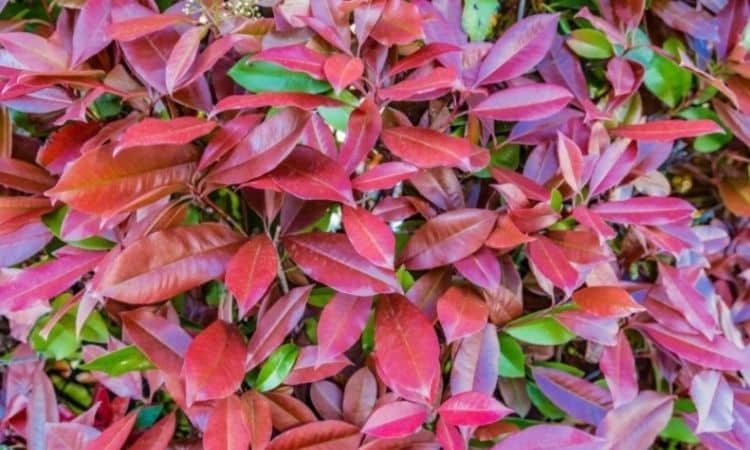Gladiolus(Gladioli): Helpful Tips For Planting, Pruning And Care
Gladiolus – also known as sword flower – are a real eye-catcher both in the vase and in the garden. We have valuable tips about the Gladioli.
Gladiolus is a real eye-catcher in the summer and appears in the most unusual colors. As gladioli grew in this country, the colorful garden Gladiolus x hortulanus are especially popular. A distinctive feature of the fancy flower in its natural environment is that it survives in the soil as a bulb and sprouts again from year to year. However, getting the cold-sensitive gladiolus through the winter requires proper care. We show how to grow your own gladioli in the garden and how to care for them properly.
Gladiolus: Distribution And Flowering Time
Table of Contents
Gladioli are often planted in the USA, but their original home is in warmer climates. The plant is native to about 250 species between the Mediterranean and southern Africa and appears in a wide variety of colors. The plants are known for their striking and beautiful flowers, which appear at different times depending on the species and variety. The flowering time of early-flowering gladiolus is in June, while late-flowering specimens may well take until September.
Is gladiolus poisonous?
With its striking appearance, many people wonder if gladiolus is not even poisonous. In fact, the plant is non-toxic in all parts and can even be partially consumed. In particular, the young flowers are considered particularly aromatic.
Planting gladiolus
With the heat-loving gladioli, it takes a few hints to ensure that planting goes well. We show what you need to consider.
When to plant?
Gladioli are extremely sensitive to cold and can be planted in the garden from April at the earliest. In harsher regions, you should generally even carry out planting from May to June to avoid the last frosts. In very mild regions, on the other hand, gladioli can be planted in the fall so that they sprout the following spring.
How Deep To Plant Gladiolus?
Proper planting depth is important for a quick start to grow, so never plant gladiolus bulbs too deep. Generally, the top part of the bulb should always be peeking out of the soil when planting, and a planting depth of 10 to 15 inches has proven to be effective. When planting, it is always important that the larger part of the bulb is at the bottom, because from there the roots are formed.
These points should be taken into account when planting gladioli:
- Planting time in harsh areas May – June.
- In mild areas either autumn or from April
- Planting depth 4 – 6 inches; tip must look out of the ground

Is Gladiolus Hardy?
Due to their warm place of origin, the majority of gladiolus species and varieties are not adapted to withstand ground frost in winter. In this country, the frost would damage the bulbs so badly that, unfortunately, they would not grow back.
Digging Up Gladioli Again In Autumn/Winter
Although it would be easier to leave the bulbs in the ground over the winter, digging them up is the only option so they will sprout and bloom again the following year. First, cut off the wilted foliage a bit above the base and carefully dig up the bulbs before the first frosts in the fall. The bulbs should be stored in a cool, but frost-free and dry place. Temperatures above 59 °F should be avoided at all costs to prevent too early sprouting.

Care Gladiolus
Overall, the care required for gladiolus is manageable and is limited to regular watering and a few other measures. We present what else you should consider when caring for gladioli.
Watering And Fertilizing Gladiolus
Always water gladiolus as needed. Depending on the heat, the water requirement can also be quite high. In midsummer, daily watering is worthwhile, as the soil dries out quickly. Always be careful not to completely flood the soil with water, as this attractive plant does not tolerate waterlogging well. For optimal growth, it is also advisable to provide sufficient nutrients. Before planting the bulbs, work neat compost or a primarily organic bio-fertilizer.
Cut gladiolus: Remove Wilted Flowers And Leaves
When cutting gladiolus, the following applies first wait until the flowers and flower stalks have completely wilted before applying the scissors. As a general rule, do not cut off the entire greenery of the plant before fall so that it can continue to store energy in the bulb. Pruning the complete stems and leaves can be done for wintering before the first frosts.
Pay attention to the following aspects when caring for gladiolus:
- Water as needed, do not allow the soil to dry out completely.
- Do not overwater.
- Mix in compost as fertilizer before planting.
- Cut only when flower stems have blossomed and wilted.
Gladiolus In The Vase
In addition to pruning plants after flowering, gladiolus is often cut as cut flowers. We show what you should pay attention to if you want the gladiolus to be a decorative flower on the table.
Gladiolus should always be cut when not all the flowers on the stem have opened yet. In this way, you can enjoy the rich blooms for a few more days. As cut flowers, gladiolus is ideally cut in the morning and never removes all the flower stems from a plant.
To make gladiolus last as long as possible, always place freshly cut flowers in a vase with water immediately. Cut the bottom of the stems every few days and change the water from time to time to extend the life of the flowers. Additionally, it has been found to be beneficial to cut off flowers that have bloomed off so that flowers on top will also open.








I love gladiolus!! I need to grow them again!!